Coauthor Irina Rotenko
The Naliboki Forest, located in the central-western part of Belarus, is home to a dense population of wolves. Recently, brown bears have begun to populate this forested region, prompting an important question: how do these two large predators interact? Specifically, the aggressive interactions between wolves and brown bears, and the influence of their individual traits on these encounters, warrant further investigation.
In Europe, observations of brown bears and wolves are mostly limited to man-made feeding stations, with only theoretical speculation available beyond that. Consequently, there is a notable lack of comprehensive documentation on the interspecific interactions between these species. This means that our understanding of their interactions, including the impact of brown bears on wolf reproduction, is far from complete.
While numerous accounts of wolf and bear behavior interactions exist in North America, they may not accurately represent the dynamics between these species in Europe. It is important to note that North American and Eurasian bears and wolves, often mistakenly classified as identical species, exhibit significant differences in behavior, ecology, and evolutionary history. Additionally, their populations have been separated for extensive periods, adapting to vastly different environments.
In this blog post, we present our findings and conclusions regarding the weakly investigated topic of interspecific interference between wolves and brown bears in Europe. Since the natural expansion of brown bears in 2018, these formidable predators have become a presence in all localities within Naliboki Forest. Wolves, in turn, have encountered strong aggressive interactions from brown bears. Our previous blog posts (1; 2; 3; 4) have touched on this subject, but here we aim to provide a comprehensive overview of our results.
The post will be divided into two parts: First, a concise section summarizing our up-to-date inferences, and second, a more extensive exploration of all relevant findings related to this intriguing question.
Over the past seven years, we’ve primarily self-financed our study on wolves and other carnivores in Naliboki Forest, initially through ecotourism earnings and later, due to a significant reduction in such opportunities, by selling our assets. Currently, we’ve reached a financial limit and rely on our readers’ generosity. If you enjoy our work, please consider buying us a virtual coffee to keep our research going. Your support makes a significant difference!
Inferences:
(1) Brown Bear Confrontations During Breeding Season: Brown bears, which naturally expanded into Naliboki Forest, have engaged in persistent confrontations with wolves, particularly during the wolves’ breeding season.
(2) Aggressive Tactics and Territorial Marking: To deter wolves, brown bears employ both aggressive encounters and intensive territorial marking. While wolves generally avoid direct confrontations with brown bears, they also engage in territorial marking.
(3) Intense Persecution of Wolf Breeders and Pups: Brown bears exhibit strong persecution of wolf breeders and their pups during the denning period (April to early June). As wolf pups become more mobile, the intensity of persecution decreases, but brown bears still attempt to kill them.
(4) Den Site Disruption and Pup Predation: Brown bears chase heavily pregnant female wolves away from their prepared den sites. They can locate and kill defenseless wolf pups in various types of dens, including burrow-dens, by digging out the pups. Often, at the end of May, June, and early July, brown bears search for pups that are still slow-moving and may be hiding under fallen trees. In the months of July to September, even relatively fast-moving wolf pups are not safe; brown bears can kill them where they hide in burrows. In most cases, brown bears can easily excavate these burrow-hidden pups.
(5) Mortality Impact on Wolf Pups: When brown bears occupy a forest area at a density of approximately one adult per 200 square kilometers, wolf pup mortality due to brown bear aggression becomes significant (up to 20% by mid-autumn). Further increases in brown bear density do not necessarily lead to higher mortality, as the number of adult bears remains stable while cub and subadult populations rise.
(6) Persistent Threat to Wolf Pups: Even if wolf breeders successfully drive an aggressive local brown bear away from their pups, the bear persists in attempting to kill the wolf pups.
(7) Avoidance Behavior by Wolves: Wolves tend to avoid brown bears, especially during denning season. Wolf breeders select denning habitats with minimal brown bear presence or where bears are rarely encountered.
(8) Wolf Pack Strength and Bear Displacement: Strong wolf packs, comprising 4-6 or more adult wolves, can drive even large adult bears away from their core territory. This occurs both in warm seasons and during winter, when wolves may attack hibernating brown bears.
(9) Factors Influencing Encounters: The outcome of brown bear-wolf encounters depends on factors such as size, strength, and encounter experience of both species, as well as the number of wolves.
Results:
(1) Footage of brown bear attack on wolf burrow-den with pups (May 2021)
In May 2021, a wolf den was found in an expanded red fox burrow. It housed six pups, approximately 10-12 days old, in a 1.5-meter-deep chamber. A few days after this discovery, confident that the pups were being properly cared for by their mother, we strategically placed a camera trap on a large pine tree, roughly 10 meters from the burrow’s entrance and at a height of about 4 meters.
Two weeks later, upon our return, we found the den had been destroyed by a brown bear. The video captured from this vantage point (although partially out of the camera’s range) can be seen below.
The brown bear stumbled upon the wolf den and started to demolish it. The destruction by the bear lasted for half an hour. It seemed that the wolf parents were watching from a distance, too intimidated to confront and attack the bear. As soon as the bear departed, the wolf parents approached the ruined den. They appeared frightened. Following a timid and cautious examination of the site, the parents abandoned the area, only returning at night. Over the next few nights, they continued to revisit the site, attempting to dig and explore the inside of the burrow, in search of their pups. It is likely that the pups were killed and possibly consumed by the bear.
During a week we (together with Gerard Oonk) tracked the movements and behavioral patterns of a pair of wolves through their tracks. Our initial, yet highly credible, conclusion is that the pair has lost their pups. They have started to roam within what seems to be their previous winter territory, frequently marking forest roads and displaying a leisurely pace while walking on them. These behaviors are inconsistent with those typically exhibited by wolf parents, and in fact, they starkly contrast the expected behaviors of parents with young pups.
(2) Den Destruction in 2023
During the 2023 wolf reproduction season, we found 16 burrow-dens prepared by two wolf breeding groups (4 and 2 breeders). From May to August, Brown bears were responsible for fully destroying 11 out of the 16 burrow-dens (through excavation), while bison trampled 2 others. Additionally, three wolf burrow-dens were partly destroyed by brown bears, leaving trial pits. Here are some examples of wolf burrow dens that have been destroyed by brown bears.

It is important to recognize that a brown bear is unlikely to demolish an unoccupied burrow. Our observations indicate that when encountering an empty burrow, a brown bear will usually inspect it by scent and then depart without causing harm. In some instances, they might excavate a minor exploratory hole. Therefore, it seems highly likely that the ravaged wolf dens had been housing either wolf pups or perhaps another animal, like a hare or a pine marten.
The breeding success of wolf pairs, whose burrow-dens were destroyed by brown bears, was notably limited. A group of four breeding wolves, initially with at least 15 pups across two litters, lost 8 pups by October. The particular breeding pair in question lost all their pups by August.
(3) Other registrations of the plausible impact of brown bears on wolf reproduction.
In late May 2019, within the Naliboki Forest, we observed a likely incident where small wolf pups were killed by a brown bear. A pair of brown bears, seemingly a mating couple, were often seen trailing a wolf pair near their den. They appeared to have examined and partially destroyed two recently used burrow-dens of the wolf parents, leading to the disappearance of their pups. Similarly, in May-June 2018 in the same forest, we noted comparable actions by another adult male bear towards different wolf parents, although this event was less well documented. Accompanying this report are several photographs depicting a brown bear at the burrow-dens of these wolves.
Additionally, from July to September 2018 in Naliboki Forest, we observed frequent visits to the den of a wolf family with small pups by an adult male brown bear. This bear extensively marked the territory where the wolf family resided. Notably, from May to July 2019, the same brown bear was spotted in the area again but seldom marked or did not mark at all, coinciding with the absence of the breeding wolves. Below are some photos illustrating the situation.
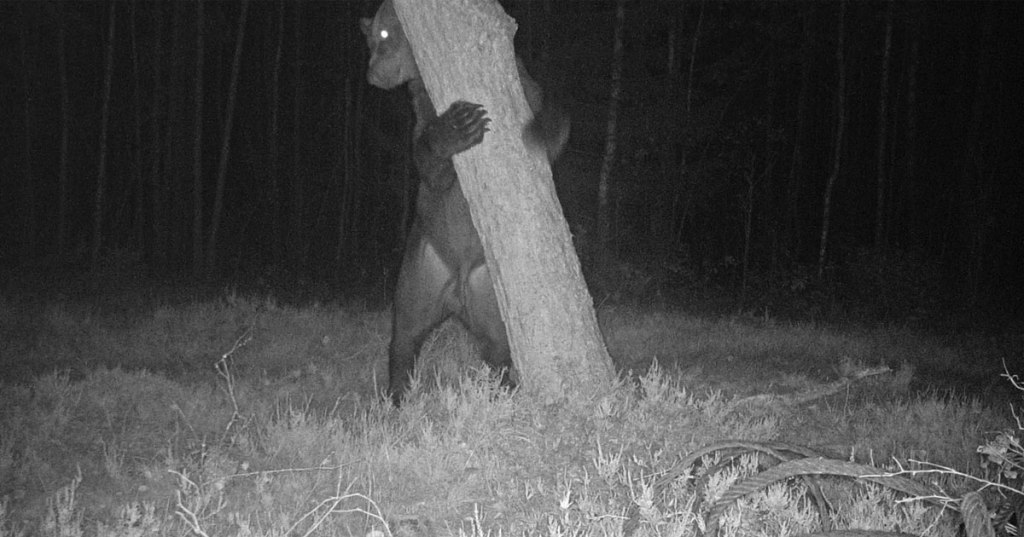


Naliboki Forest, 2018.
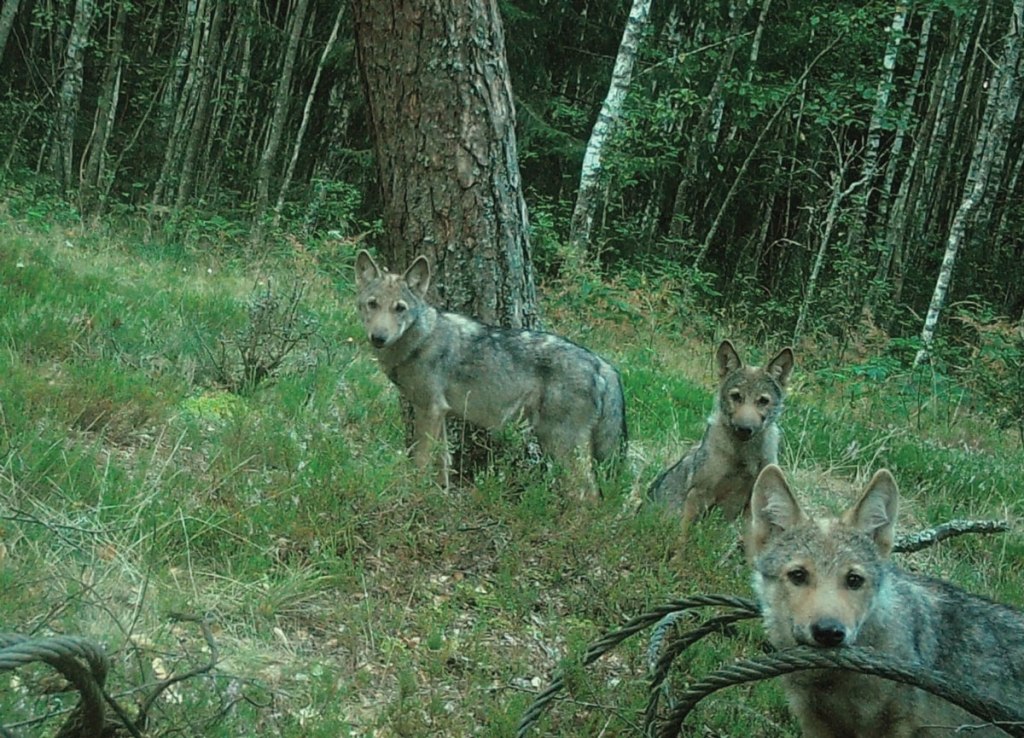
(4) Outstanding marking behaviour of parent wolves and brown bear in the wolf denning area.
In May 2024, we observed remarkable territorial marking behavior within an approximately 2-square-kilometer area shared by both brown bear and denning wolves. Typically, denning wolves do not mark their denning area extensively, but this changes when a brown bear is in close proximity. This instance clearly illustrates a contrasting scenario. During our inspection, we identified 44 wolf marking spots and 7 brown bear marking spots. These markings were consistently renewed at intervals ranging from one to several days. It’s important to note that we likely encountered only a portion (approximately half) of the actual markings by wolves and brown bears in the area. Such intense marking suggests significant interference between these large carnivore species.
Here you may see territorial markings by brown bear in the area.

Below, you can see the territorial scratch markings made by wolves in the area.
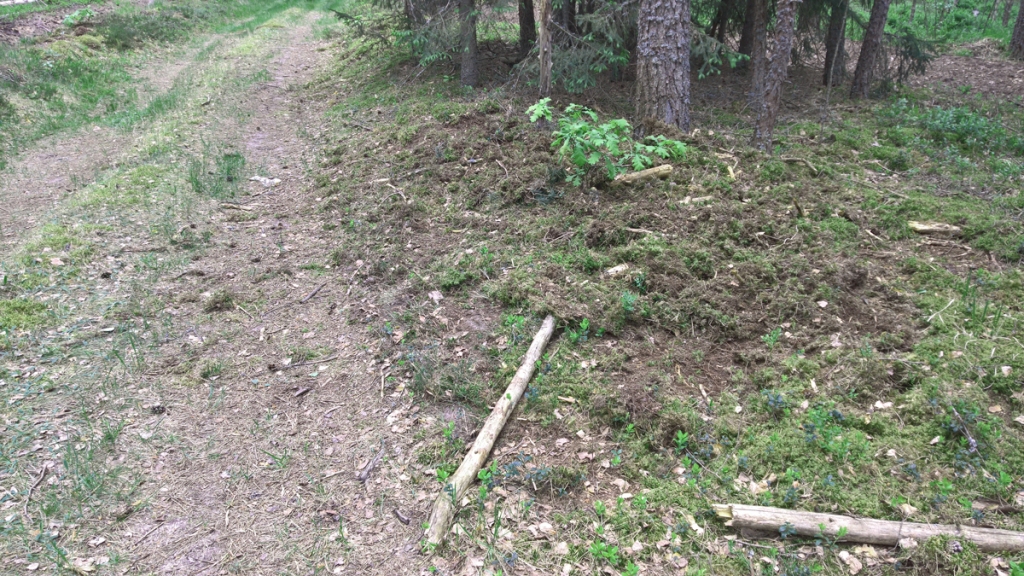
(5) Footage of a brown bear chased by two parental wolves.
In June 2023, we captured footage of a brown bear being chased by two parental wolves near their pups’ location. The footage can be viewed below.
The footage captures the adult wolves and their pups within the family’s home territory. The wolf family, consisting of five pups, primarily remained within a one-square-kilometre area. It also reveals that the adult wolves consistently delivered pre-digested meat to the pups.When the brown bear appeared in the wolf family’s territory, the parent wolves detected it by scent. They then chased the bear away from the pup location. The footage spot was about 460 meters from where the pups were. Notably, there was a struggle between the bear and the wolves both before and after the recorded spot, evidenced by trampled forest floor and tufts of hair from both species.
(6) Chasing of an adult male brown bear from its hibernation site.
In mid-January 2021, a pack of five adult wolves attacked a medium-sized brown bear that was sleeping in an open hibernation site. The bear defended itself under a spruce tree, snuggling against the trunk with its back, and then fled in one direction. The bear sought refuge in a dense thicket of young spruces, navigating through willow bushes, reeds, and fallen trees. The wolves pursued the bear, stopping it seven times in clearings or areas with few trees and bushes. Each time, the bear fought back, seeking shelter behind large trees or willow bushes. After running approximately 3 kilometers together, the bear reached a small spot in the thicket with fallen birches. There, it seemed to injure one of the wolves, tearing off a piece of skin from the wolf’s back. The bear then moved to a larger thicket nearby, and the wolves ceased their attack.
Interestingly, during the previous winter, a pack of seven adult wolves established their home territory in proximity to where a large brown bear was hibernating. Initially, the bear settled in a sizable burrow it had dug itself, and later in an open nest. The wolves maintained a respectful distance of about 100 meters from the bear’s hibernation site.
Conclusion
Brown bears, naturally expanding into Naliboki Forest, persistently confront wolves, especially during the wolves’ breeding season. Documented interactions between these large carnivores include aggressive adult encounters, wolf pup predation, and intense territorial marking within shared habitats. Although wolves are strong and have occasionally succeeded in driving away an aggressive local brown bear, the bear stubbornly continues to intrude into the wolves’ core area and attempts to prey on their pups. Conversely, wolves typically try to avoid such confrontations with brown bears. The outcome of these encounters can be influenced by the size, strength, and experience of the individuals involved, as well as the number of wolves present.
Our self-funded research is dedicated to unraveling the complex interactions among apex predators. If you wish to support our efforts, a contribution equivalent to a cup of coffee would be greatly appreciated and would significantly aid in sustaining our study.
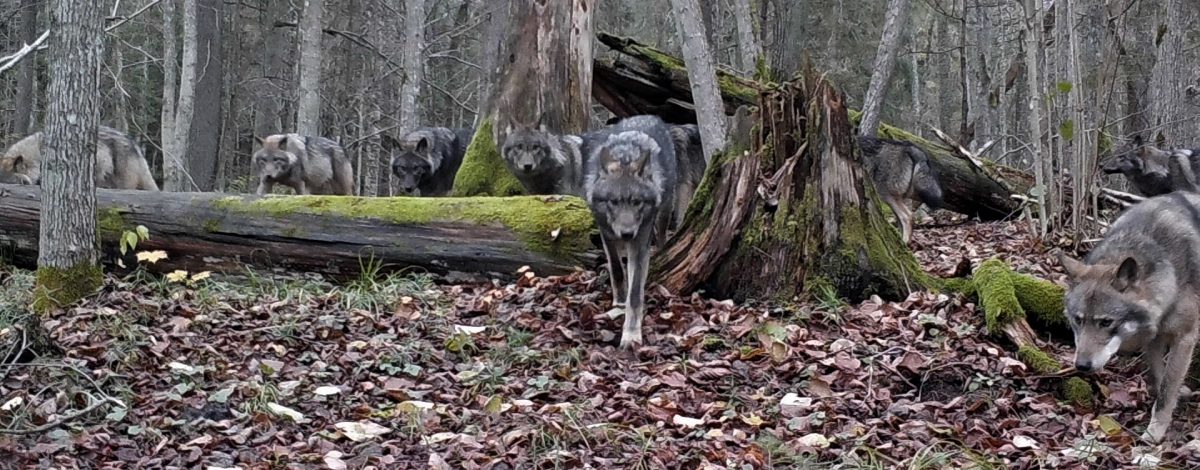
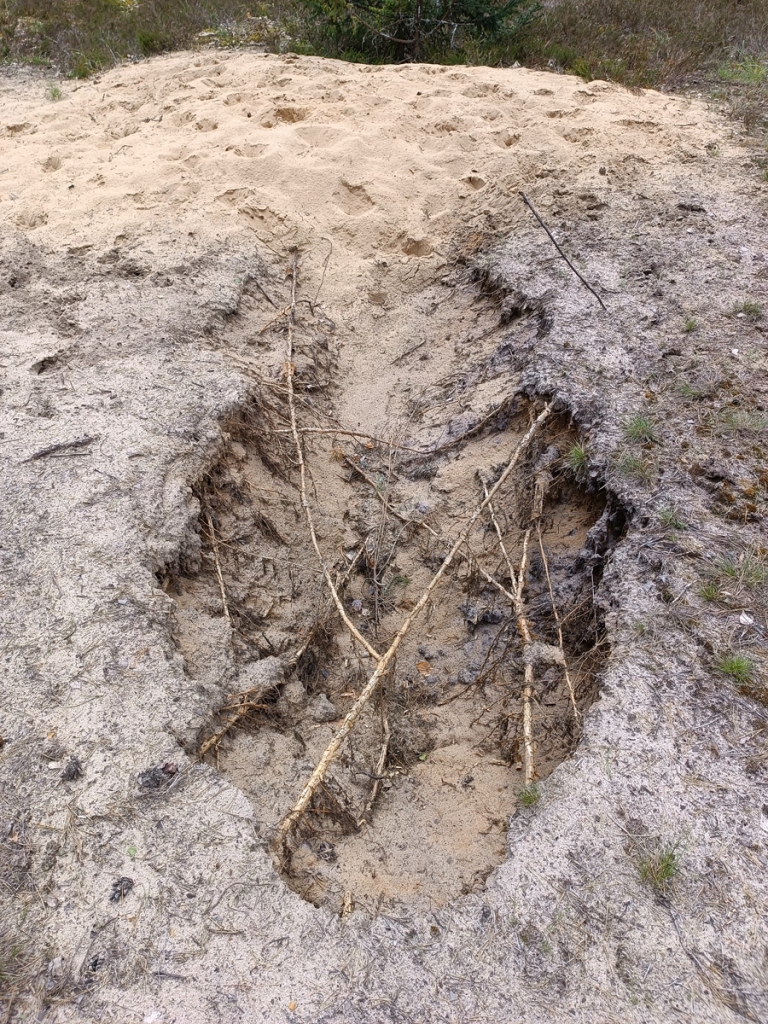
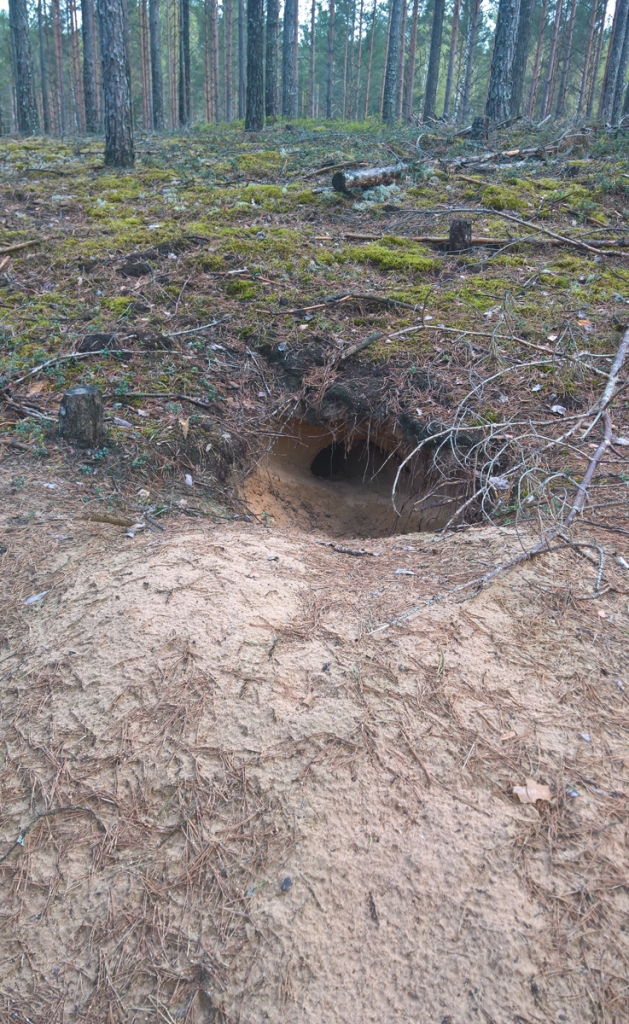


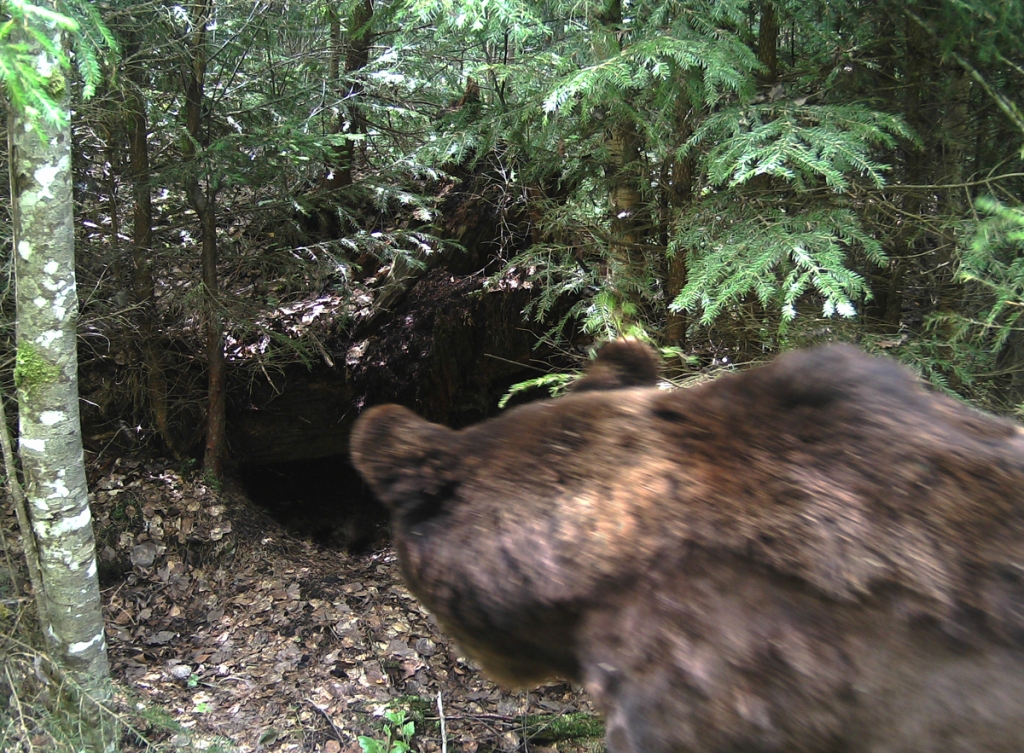
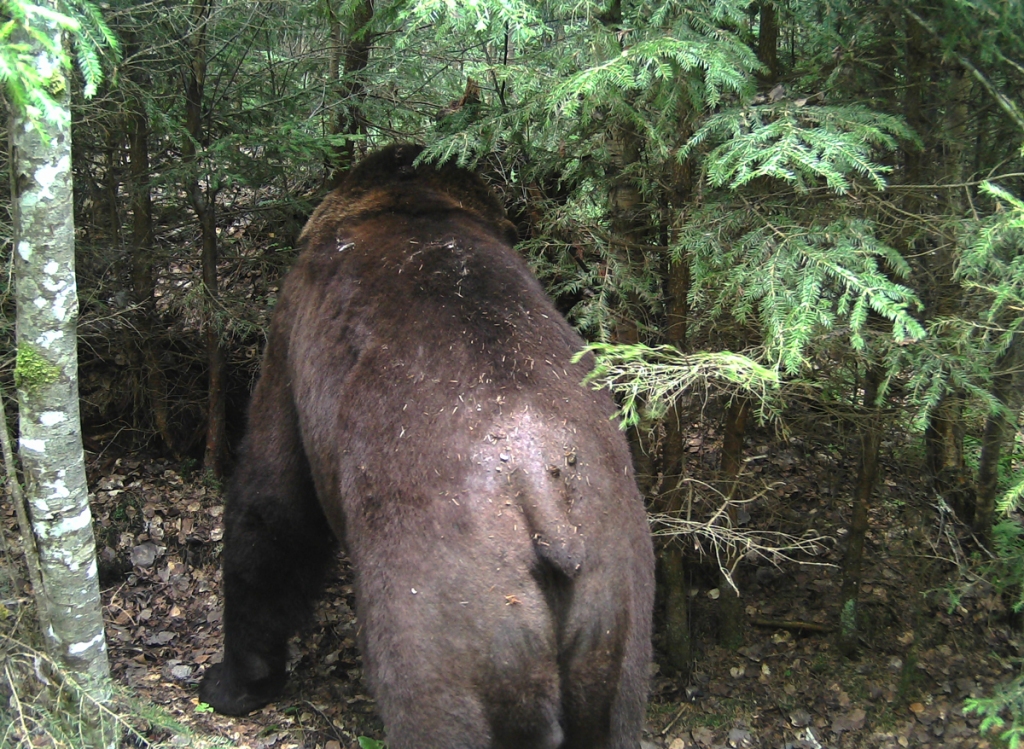
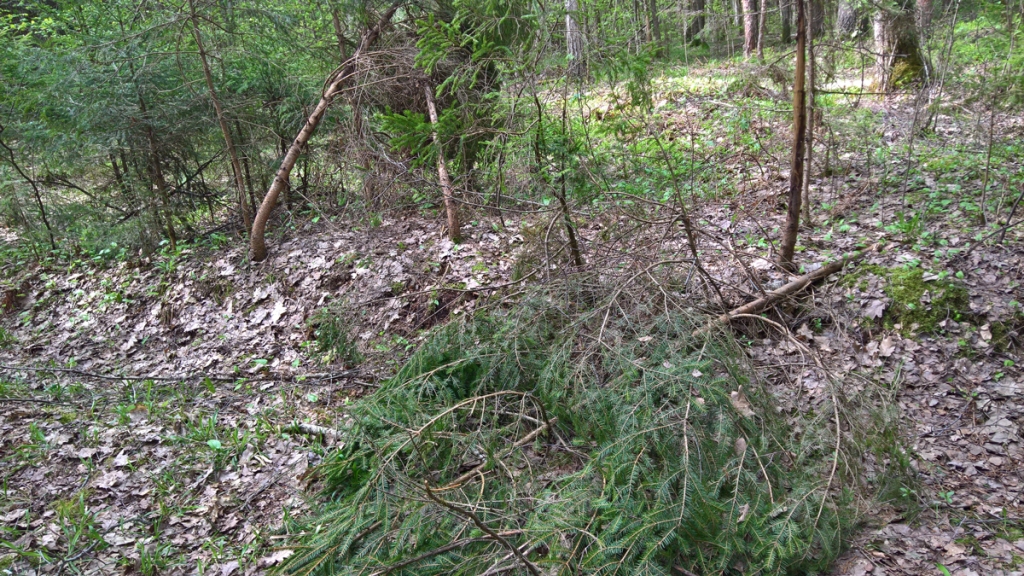

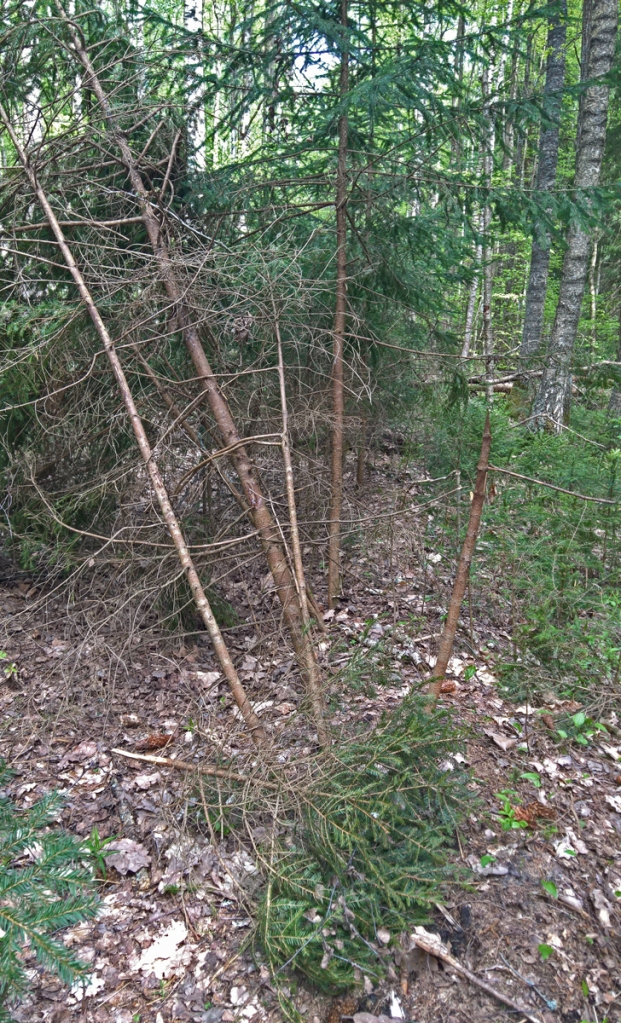

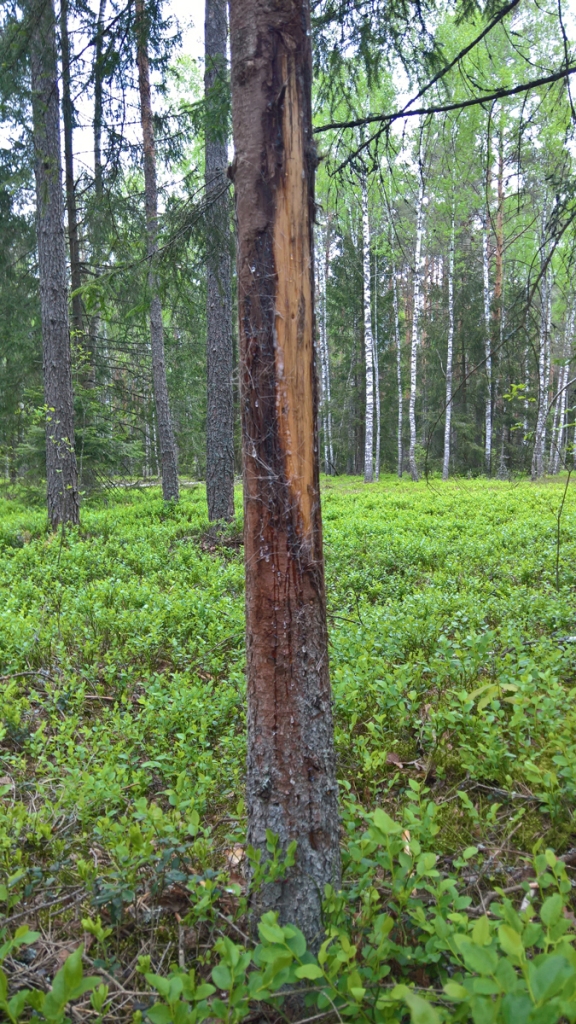

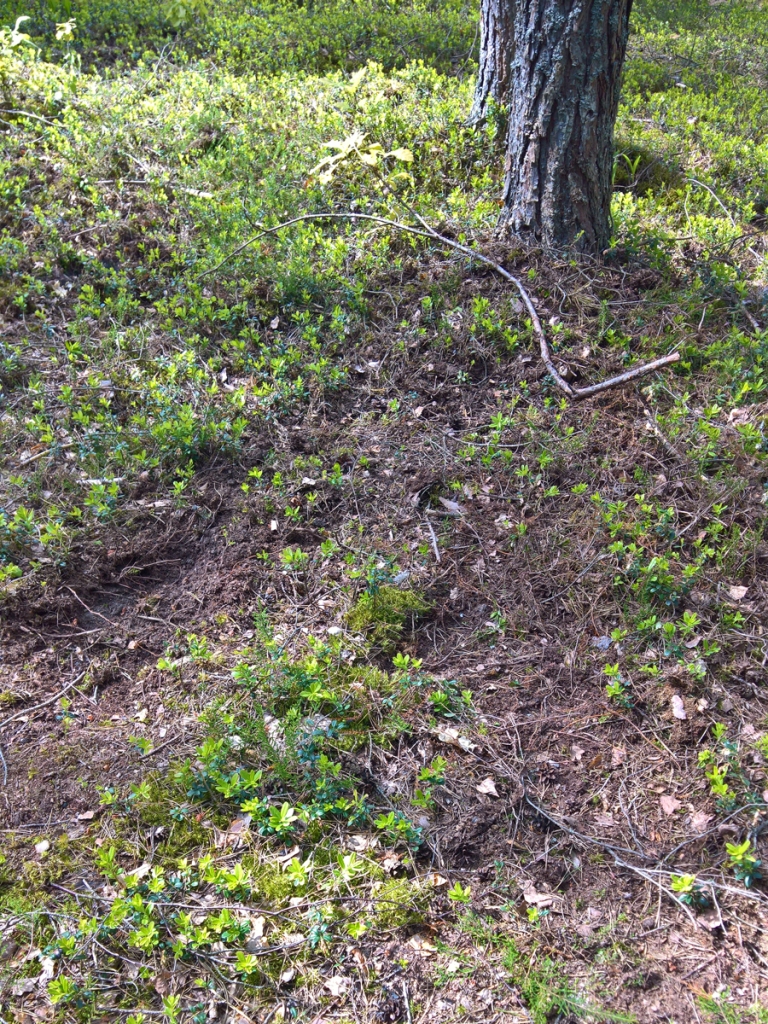
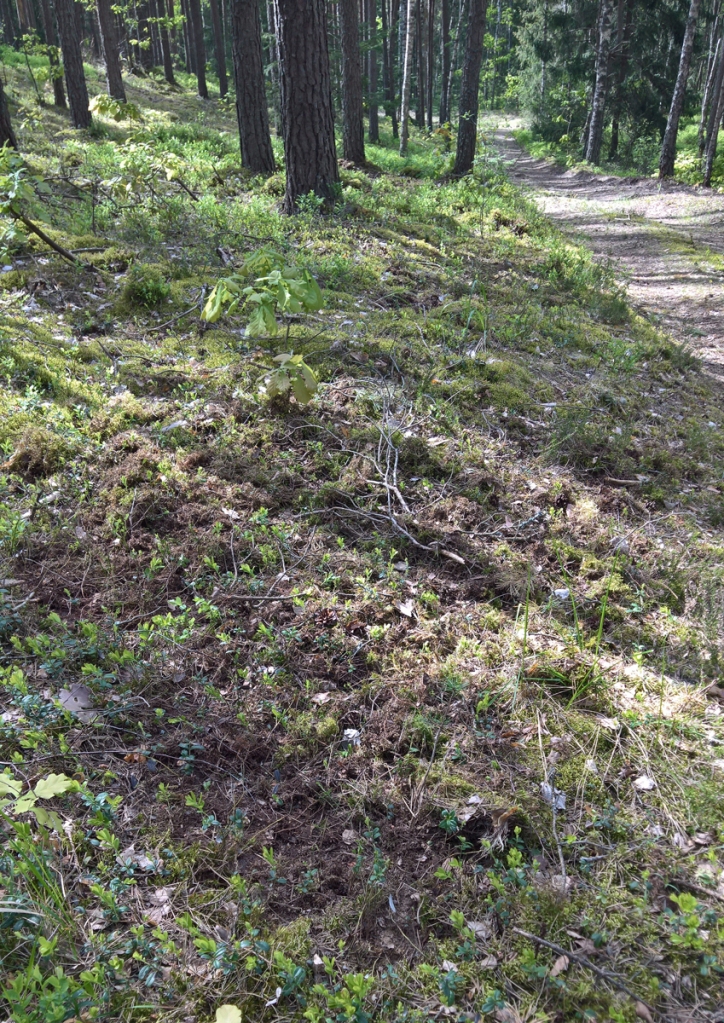
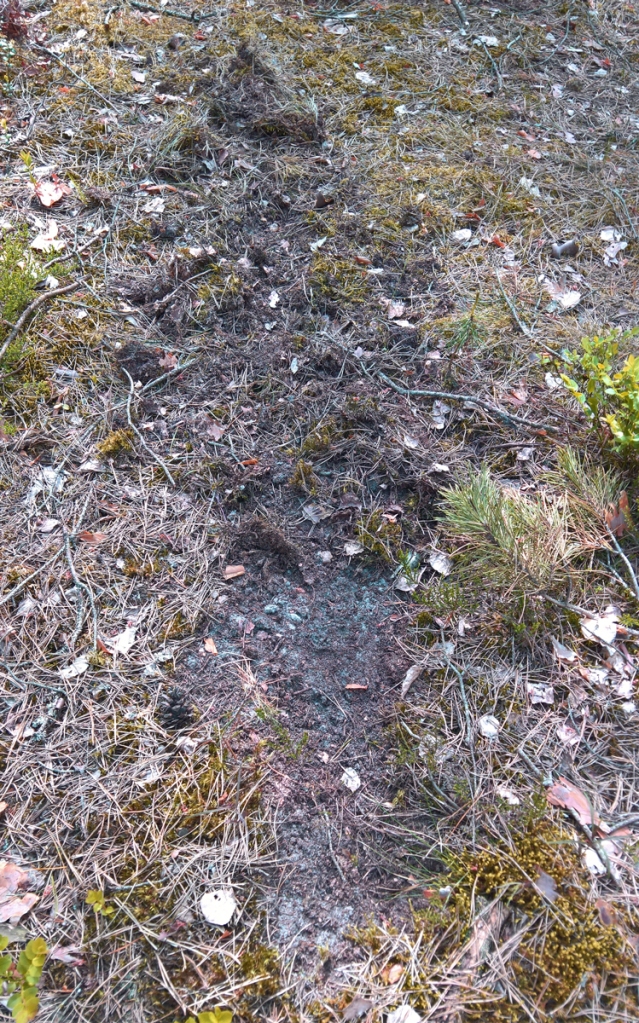
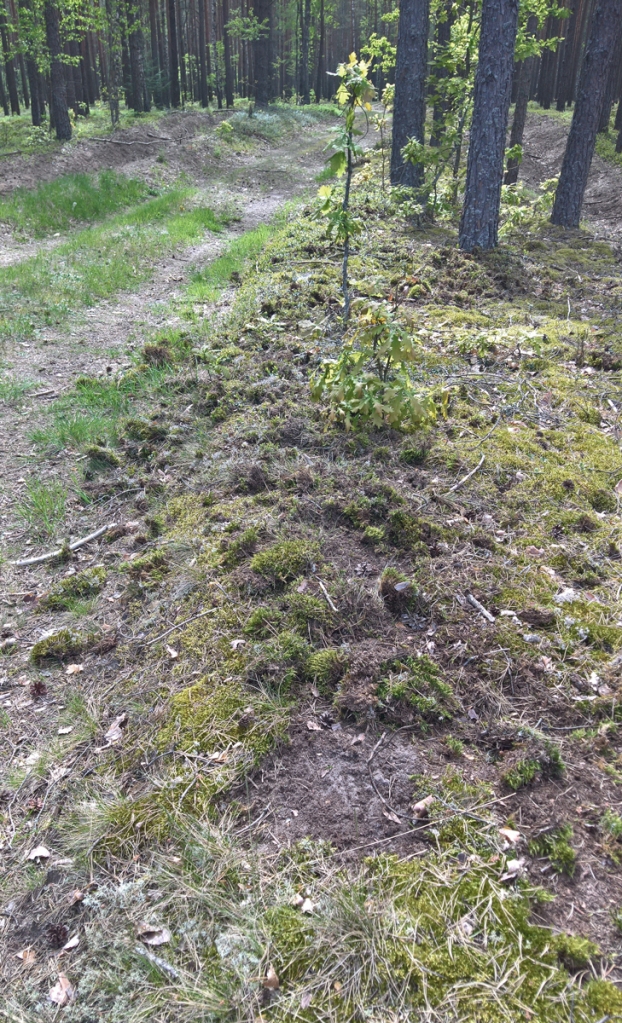
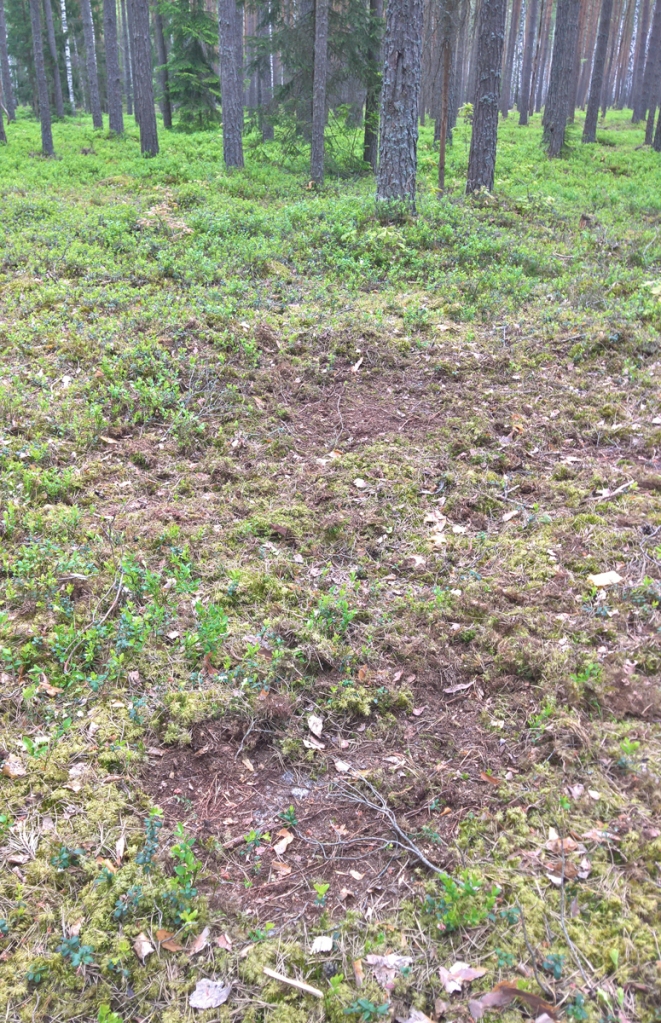
Awesome, impressive observations – congratulations!
Thank you for your sustained work.
Eva Gregorova
Dear Eva, thanks
outstanding work Vadim
Dear John, thanks.